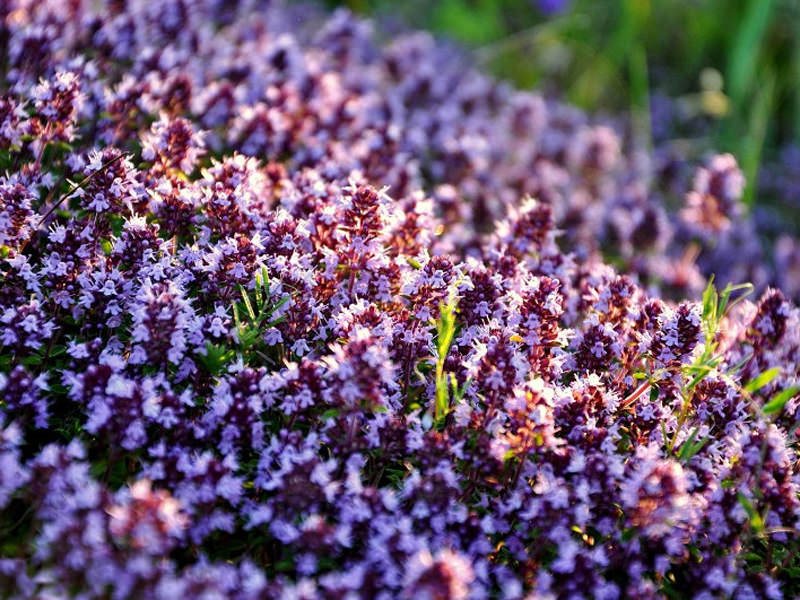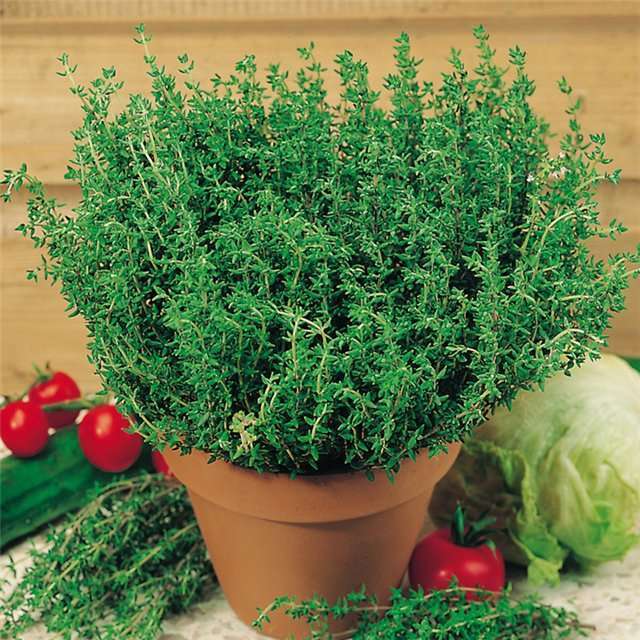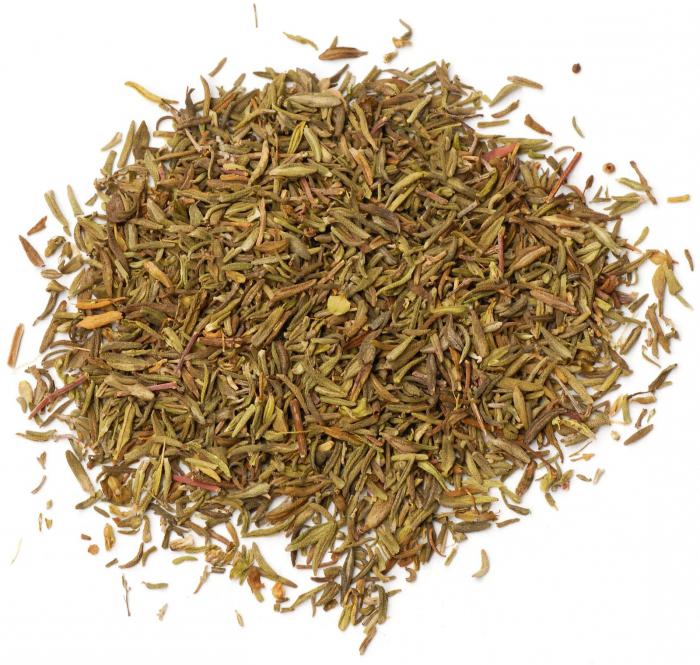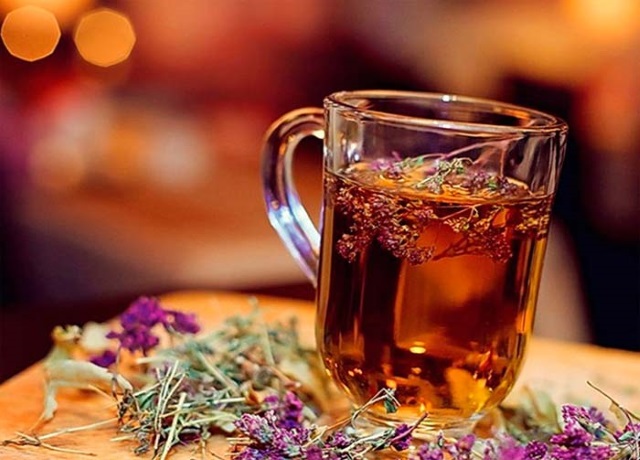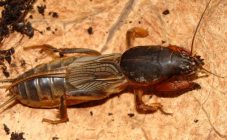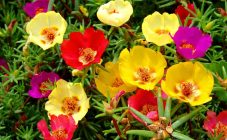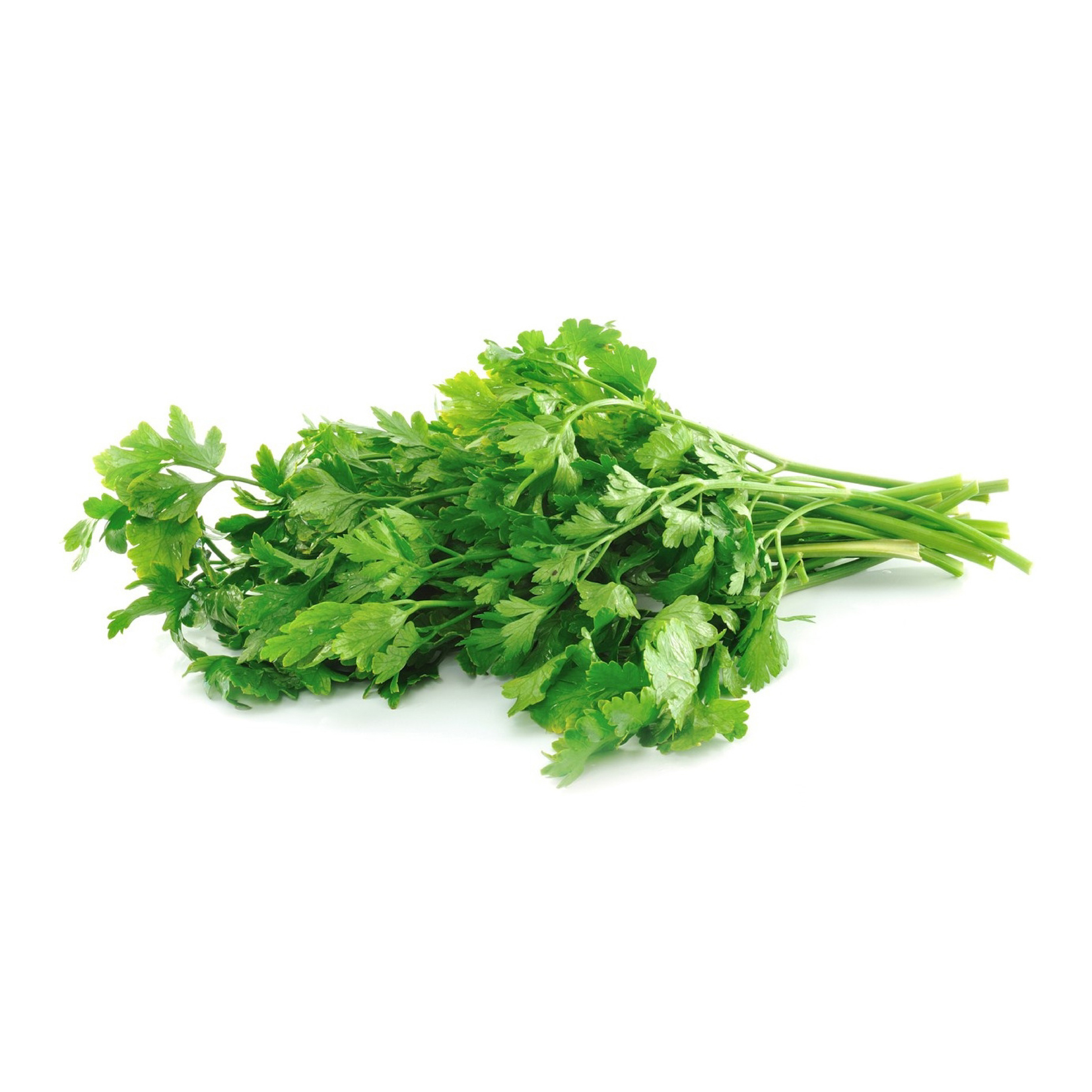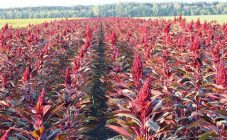Content:
Thyme is a fragrant medicinal plant that belongs to the Yasnotkov family. The official name of thyme is creeping thyme. The shrub is used in folk medicine to treat diseases. The article discusses what a thyme looks like, where to collect a wild plant, where thyme grows in Russia, methods of reproduction at home, and useful properties.
Description of thyme
Early thyme or thyme is a small perennial shrub. The plant grows up to 30 cm in height. The size and height of the shrub depends on the conditions where it grows.
How to recognize thyme:
- The barrel is deep red;
- The twigs are thin, they have small oval leaves;
- The leaves have thin white villi;
- The base of the leaf is light gray, the top is dark green or bluish;
- The top of the stem is covered with small lilac-pink flowers;
- The fruit is presented in the form of a box, which contains 4 small spherical black nuts;
- Thyme aroma is spicy with a little bitterness, pleasant, spreads at least 3 m. The aroma is strong due to the high concentration of essential oils.
Knowing what wild thyme looks like, you can stock up on medicinal herbs for the future. Very often inexperienced herbalists confuse thyme and oregano. They are similar in appearance and aroma, but the healing actions are different, each has individual contraindications. Therefore, it is important to learn to distinguish between plants from each other. The difference lies in the color and shape of the flowers and leaves.
A useful plant grows almost throughout the entire territory of the Russian Federation, it is unpretentious to soil and weather conditions. In Europe, USA, Canada, it is specially propagated.
Mountain thyme is a good honey plant. It is used in cooking, steamed delicious and healthy tea, added to sauces. Thyme has found wide application in folk medicine; the herb has been used for a long time.
Where can you collect thyme
On the territory of Russia, most of all thyme grows in the Crimea, Tatarstan, the Krasnodar region, the Caucasus and the Urals. You can find a fragrant plant in the Moscow region, Siberia, Leningrad or Nizhny Novgorod regions. Thyme is an unpretentious crop and can be found in almost all open sunny areas. Where it grows:
- At the edge of the forest;
- In meadows and fields;
- In the steppe area;
- In dry forests;
- Near the foot of the mountains;
- In the pine sands;
- On open sunny slopes.
The plant is harvested twice over the summer. The first harvest is recommended during the flowering period (July), the second time, when fruit ovaries appear (third decade of August).
On a large plantation, collecting is carried out with special equipment (mower), for self-collection it is necessary to prepare garden shears, pruners.
The branches are cut along with the flowers, 15 cm recede from the surface of the ground. If you cut the plant at the root or pull it out of the ground, then there will be no more harvest on this plantation.
Thyme is a plant from the Red Book. The growing area is sharply reduced every year, but it is still harvested for personal use, most often dried thyme is used to treat diseases.
Types of thyme
There are more than 200 plant species. On the garden plot are grown:
- Common thyme. A small shrub grows up to 50 cm in height. The flowers are lilac, the foliage is green. The peak of flowering is observed in mid-July. In the first month of autumn, a plant is harvested for medical purposes;
- Creeping thyme (thyme creeping red). Perennial shrub. The size of an adult plant reaches 15 cm. It has excellent ground cover properties. The flowers are pink. The flowering period is mid-summer. In September, fruits are formed. There are varieties of creeping thyme with white flowers. The fragrant herb is used in folk medicine, in cooking, as a spice, in pharmaceuticals. The plant grows well in soil of sand and lime;
- Lemon-smelling thyme (thyme archers gold species). The plant grows up to 30 cm in height. Purple flowers bloom in the first month of summer. Gardeners consider this species to be the most beautiful, but the least resistant to frosty winter. It is grown for decorative purposes and is used in cooking as a spice for dishes.
Also in the garden plots you can find various varieties and types of thyme:
- Flea thyme;
- Alpine thyme, quin;
- Thyme magic red;
- Creeping thyme (thymus serpyllum);
- Marshall thyme;
- Silver queen thyme;
- Lemon sambesi thyme;
- Thyme goldy (golden);
- Medicinal thyme early carpet red;
- Thyme is a lemon-smelling kind of aureus.
Growing thyme at home
A useful plant naturally grows in open sunny areas. When growing thyme in a garden plot, the gardener does not need to make an effort to grow shrubs.
The place for the thyme should be chosen well-lit, the soil should be fertile, with a neutral acidity level.
Seeds are planted in open ground in the spring. The plant will have time to take root over the summer and survive the cold winter. If the winter is snowy, then the plant feels good under a layer of snow. In a frosty winter without snow, it is recommended to cover the young shrub with a layer of mulch. When the bush begins to grow, it must be thinned out.
Reproduction methods
Grass can be propagated in several ways:
- Seeds. This method allows you to grow medicinal herbs at home, in a greenhouse or in an open area. The seeds are soaked for 10 hours by placing them in warm water. Planting should start in May. The first shoots should appear in 3-4 weeks. If the seedlings are planned to be planted in the garden, then the seeds must be planted in a container in March;
- By dividing the bush. In the spring, a healthy bush is dug up, the root system is divided into the required number of seedlings and planted in pre-prepared places. The method is not easy, since you must work carefully so as not to damage the roots;
- Cuttings. Thyme can be propagated by cuttings throughout the growing season. It is necessary to separate the stalk and plant in the sand. You will need to maintain high humidity, create a greenhouse effect. The cuttings grow for 1 month, after which they can be transplanted to a new place. The soil where the thyme grows should be moderately moist for the first weeks after planting for permanent residence.
In a city apartment, thyme can be grown in a container on a lighted windowsill. If seeds are planted, then the plant will begin to bloom only in the second year. When planting ready-made seedlings, flowers can be collected in the first year of life.
Care rules
Thyme does not need to be painstakingly looked after. But there are some tips to keep in mind when planting and growing a healthy herb:
- In order for the young roots of the plant to develop and not rot, it is necessary to make good drainage of the soil;
- To grow the thyme in width, you must cut off the top of the stem;
- The first season after planting, it is advisable to clear the soil of weeds and mulch so as not to let the weed grow. Even small weeds can harm the plant;
- You can mulch with small pebbles, gravel, gravel;
- The soil is lightly fed with compost or horny flour; minerals must be added in May or June;
- The area where greenery grows can be sprinkled with ash, this will reduce the acidity of the soil, which is beneficial for a flowering plant;
- Watering should be moderate. In dry summer, it is enough to water 1-2 times a week, in rainy weather, remove watering;
- The plant rarely gets sick and is attacked by pests.
Simple rules for caring for the plant will allow the gardener to grow fragrant plantations on the site.
Beneficial features
Thyme is used not only in folk medicine, but also in pharmaceuticals for the preparation of medicines. It is used to treat diseases and as a means of strengthening the immune system.
It is considered to be an effective medicine for bronchial diseases. To treat a prolonged cough, a decoction or infusion is prepared from the herb.
It is prescribed for problems with the gastrointestinal tract (heartburn, gastritis, indigestion, diarrhea, flatulence), for gynecological diseases.
The plant juices contain bactericidal substances, so decoctions help with stomatitis or toothache.
Compresses and lotions with thyme infusion are effective for bruises, rheumatism.
In cosmetology, thyme is used to combat acne and dandruff.
Thyme harvested in the field or grown in the garden is equally beneficial for human health. Growing medicinal herbs at home will not cause trouble for the gardener. Its beautiful decorative appearance will brighten the garden, filling it with the spicy scent of meadows.
